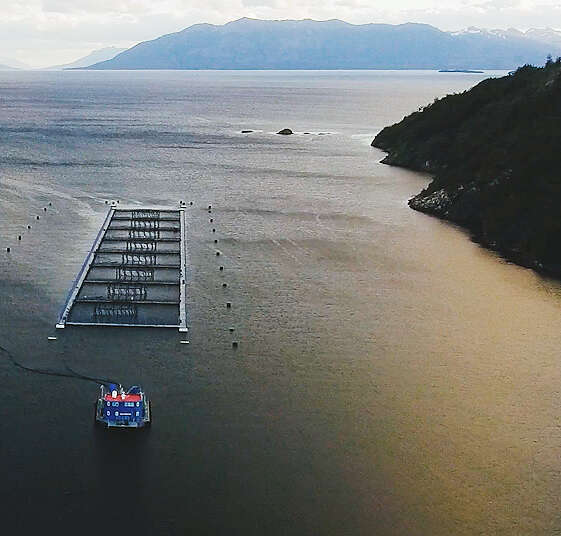


The national parks and reserves in the Chilean Patagonia cover a broad land surface area and a large part of the ocean, with associated ecosystems, biodiversity, and unique traditional cultures. At least 6.3 million hectares (15.6 million acres) of coastal-marine ecosystems are part of the CONAF-managed SNASPE. These, however, lack the required protections in the face of issues that threaten their ecological and conservation integrity. In part, this is explained by the fact that there are countless public agencies with a saying over marine and coastal areas, making it difficult to adequately coordinate the efforts around shared protection interests in the area.

After analyzing the maps, each area’s decrees, and the resolutions by the Comptroller General of Chile, researchers with the Austral Patagonia Program assessed the borders of eight State Protected Wilderness Areas located in the Chilean Patagonia. According to their estimates, the marine-coastal portion of seven of these areas adds up to at least 6.3 million hectares (15.6 million acres), distributed throughout the Kawésqar, Las Guaitecas, and Katalalixar National Reserves, and the Bernardo O´Higgins, Alberto de Agostini, Laguna San Rafael, and Isla Magdalena National Parks. In addition, there is the marine-coastal portion of the Cabo de Hornos National Park, the borders of which can be found in its official establishment decree, which are nonetheless inconsistent with the official map. In this regard, it should be noted that the regional office of the National Forestry Agency (CONAF) in Magallanes, and the Omora Foundation are working to clarify this park’s borders and actual size.
The geographic conditions and the diversity of stakeholders involved in the administration and surveillance of our country’s seascape have made the management and protection of the 6.3 million hectares (15.6 million acres) of coastal-marine ecosystems within the marine portion of the protected areas quite difficult. According to experts, the situation is critical. These ecosystems and their species have been exposed to different factors that endanger their ecological integrity and conservation. Intensive aquaculture –particularly salmon farming– is one of these threats. Overall, there are 411 aquaculture concessions within the State’s protected areas, and 134 new concessions in the pipeline. Only considering national parks, there are 19 salmon farming concessions inside the Alberto de Agostini National Park, three in the Laguna San Rafael National Park; and four in the Magdalena Island National Park. And this happens even though the law explicitly forbids aquaculture within this conservation figure.


A first step to move forward towards the effective protection of the parks’ and national reserves’ seascape is to coordinate the agencies that have marine-coastal areas within their purview. The goal is to agree on joint action strategies in support of the marine-coastal management efforts made by the Forestry Agency (CONAF) within protected wilderness areas.









